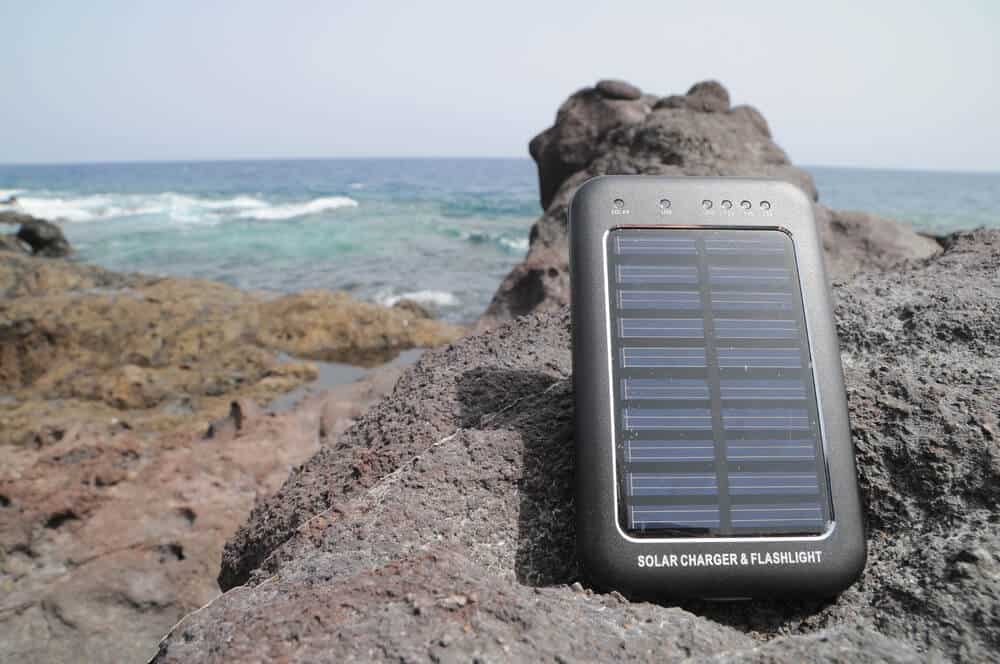Ever wondered how portable solar chargers actually work? Well after we reviewed 5 of the top rated models available to buy in Australia, we thought we'd dig a little deeper and find out.
I'm a great researcher, but we had to enlist help from the community to put this guide together. We also used this website for our research.
Contents
How do portable solar chargers work?
Solar Chargers work quite similarly to solar panels. Their panels surface technology allows for light particles to be transformed into energy once they hit the surface of the charger.
Different models are good for different uses, whether you want to charge your laptop, smartphone or navigation device - there will be a model to fit your needs.
The surface area of the panels area also made of variable materials, some more technologically advanced than others. Surfaces made of silicone and mono crystalline are quiet popular and effective.
To get the panels to charge, place them in a location with maximum sunlight exposure for as long as possible. Don’t overcharge them though, this is detrimental to their battery health and lead to them deteriorating more rapidly.

Different Charging Power Ratings Explained
There are different charger strengths too, ranging from 5Watts to over 30Watts. The higher the watts, the faster your devices will charge. Most iPhones will sufficiently charge using 5watts of power, which on average takes about 30 - 40 minutes to charge.
For some products you will see their strength advertised by mAh instead of Watt. This stands for milliamp per hour, which is another way to measure electric power measures.
Why Use Solar Power Chargers?
Some benefits of solar power include environmental and economical friendliness. They are also convenient to carry with you and can be charged from any location, granted that there is sunlight available.
That being said, there is a certain amount of energy that is lost during the charging phase which should be taken into consideration if on a time constraint.
Who Buys Solar Chargers?
Solar chargers are perfect for hikers, campers, festival dwellers, or anyone who is on the go and wants to ensure they have a backup power source.
Some common items that can be charged with these devices include cell phones, iPhones, laptops, iPads, tablets, cigarette lighters, LED lights, and a variety of batteries.
Before buying a model, make sure the compare their accessories and features to ensure you are getting the most efficiency out of your purchase.
Features to Consider When Buying Solar Chargers?
Some common features of portable chargers include technology to signify over-charging, temperature sensors and short-circuit sensors.
The drawbacks of portable solar charges, in comparison to your standard electric portable charger would include their fragility, weather dependence, temperature regulation and slow charging time.
Temperature regulation and overheating is not uncommon with chargers, however certain models include features to aid in avoiding overheating. Charging time can also depend on the surface area of your portable charging device and the sun exposure in your location.
Fragility is a major consideration, to ensure your charger stays in good shape, protective devices should be purchased to store and transport them in. Weather conditions can also be a variable that will test your chargers fragility, some models are more shock and dust proof than others.
Finally, portable chargers are a wonderful and convenient technological device to have. They are available online, and at local retailers such as JB-Hi-Fi, Kogan and Target in a range of price points from $15 to over $80.
If you'd like to see our top rated picks, click here to learn more.
You might also like:
- How Do Portable Solar Chargers Work? [Guide] - July 14, 2020
- 5+ Best Lock Pick Training Kits [Top Rated] - July 6, 2020
